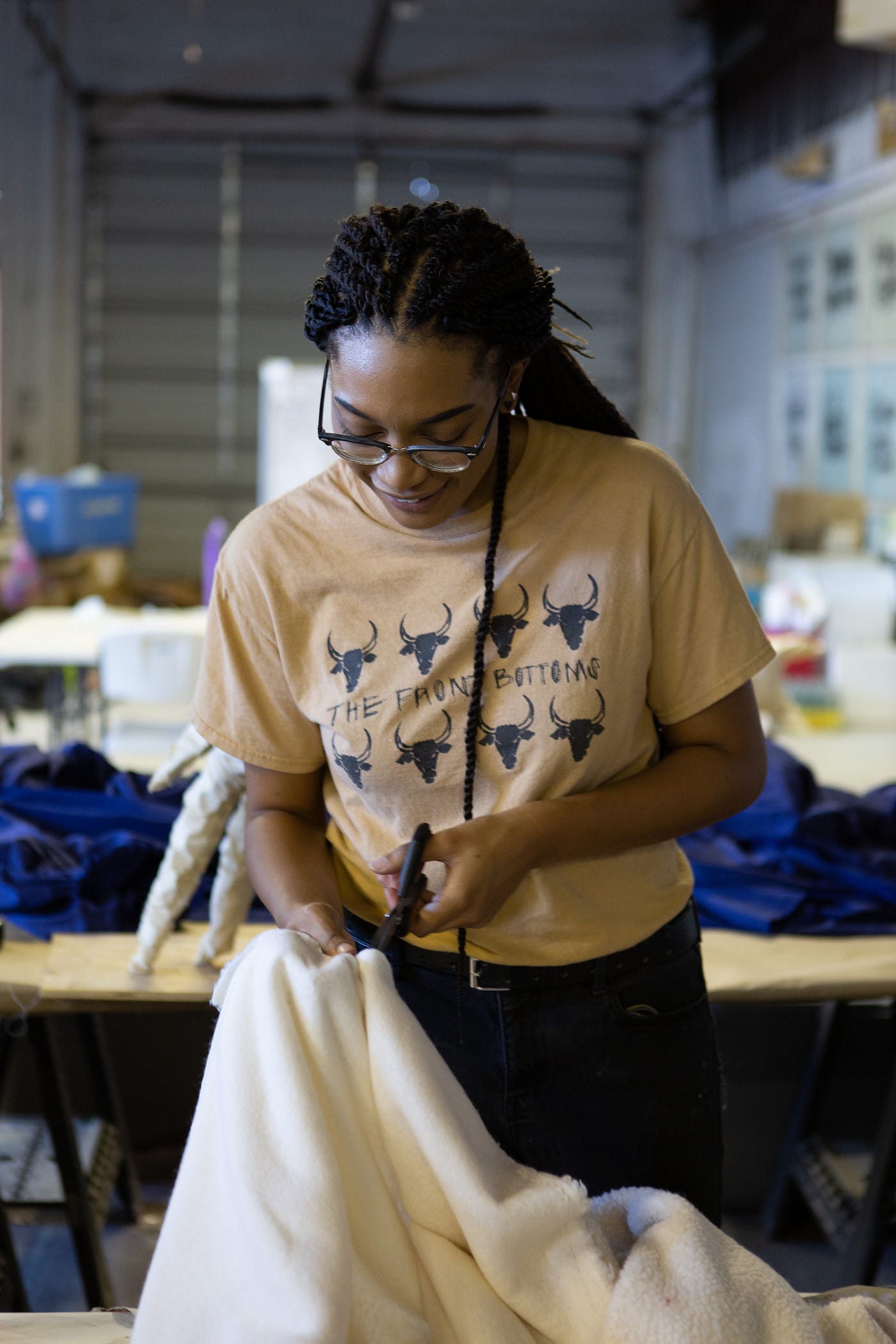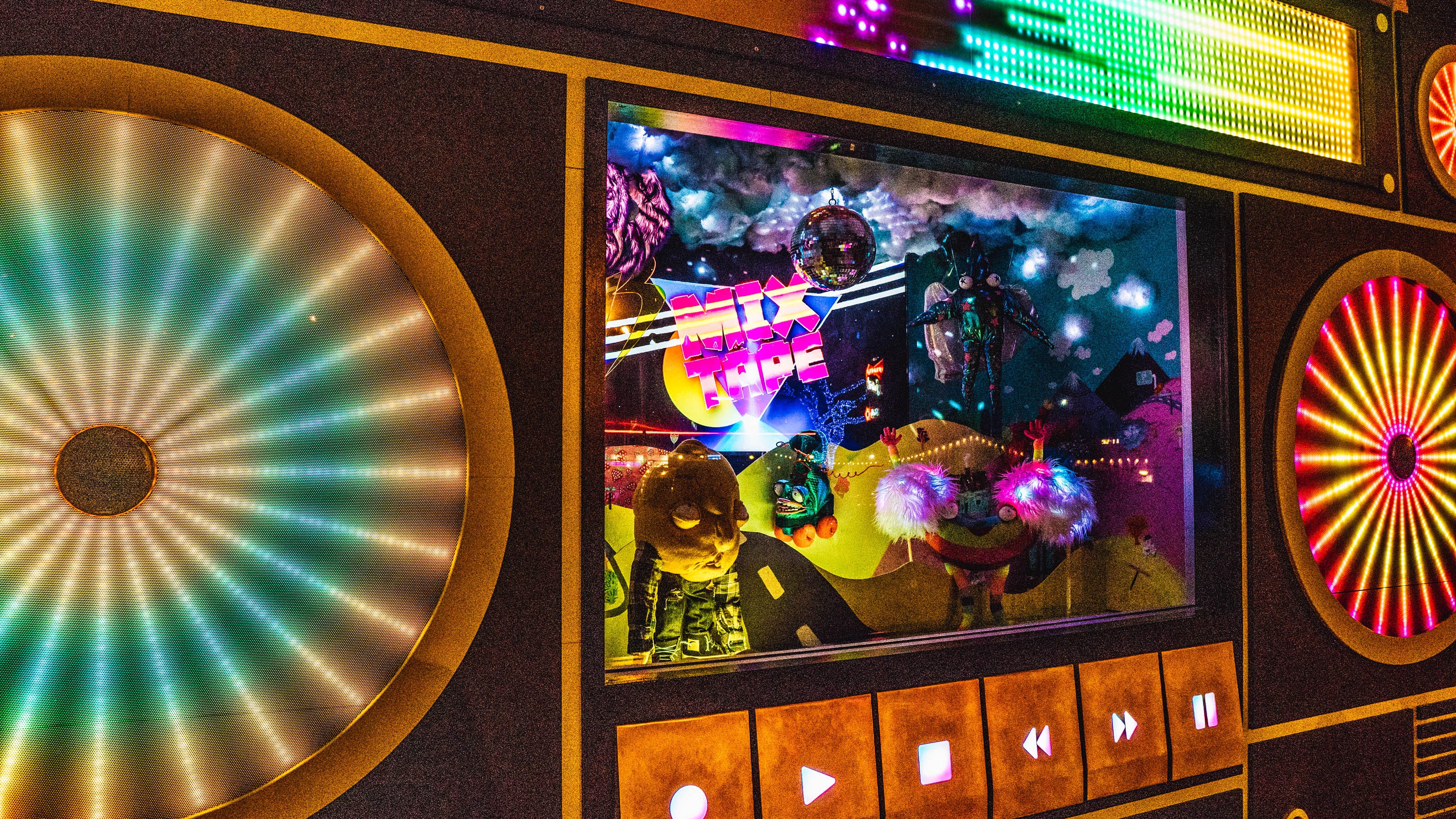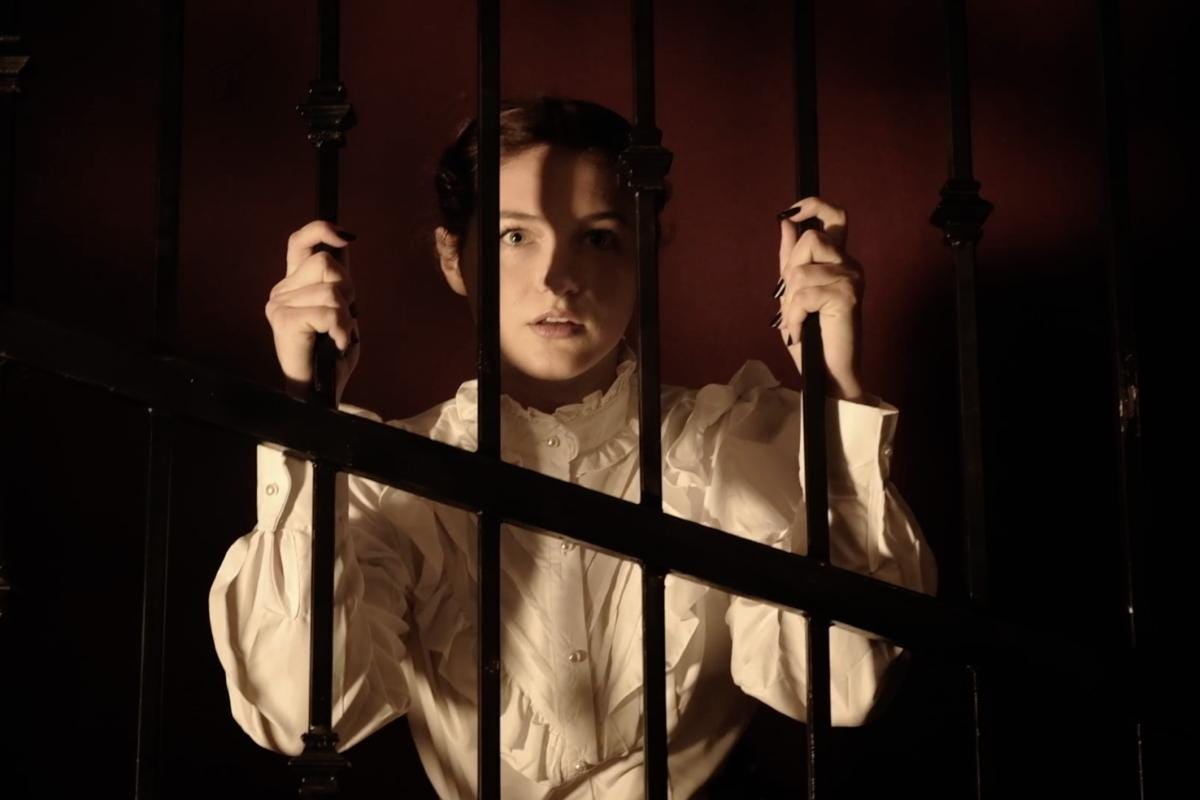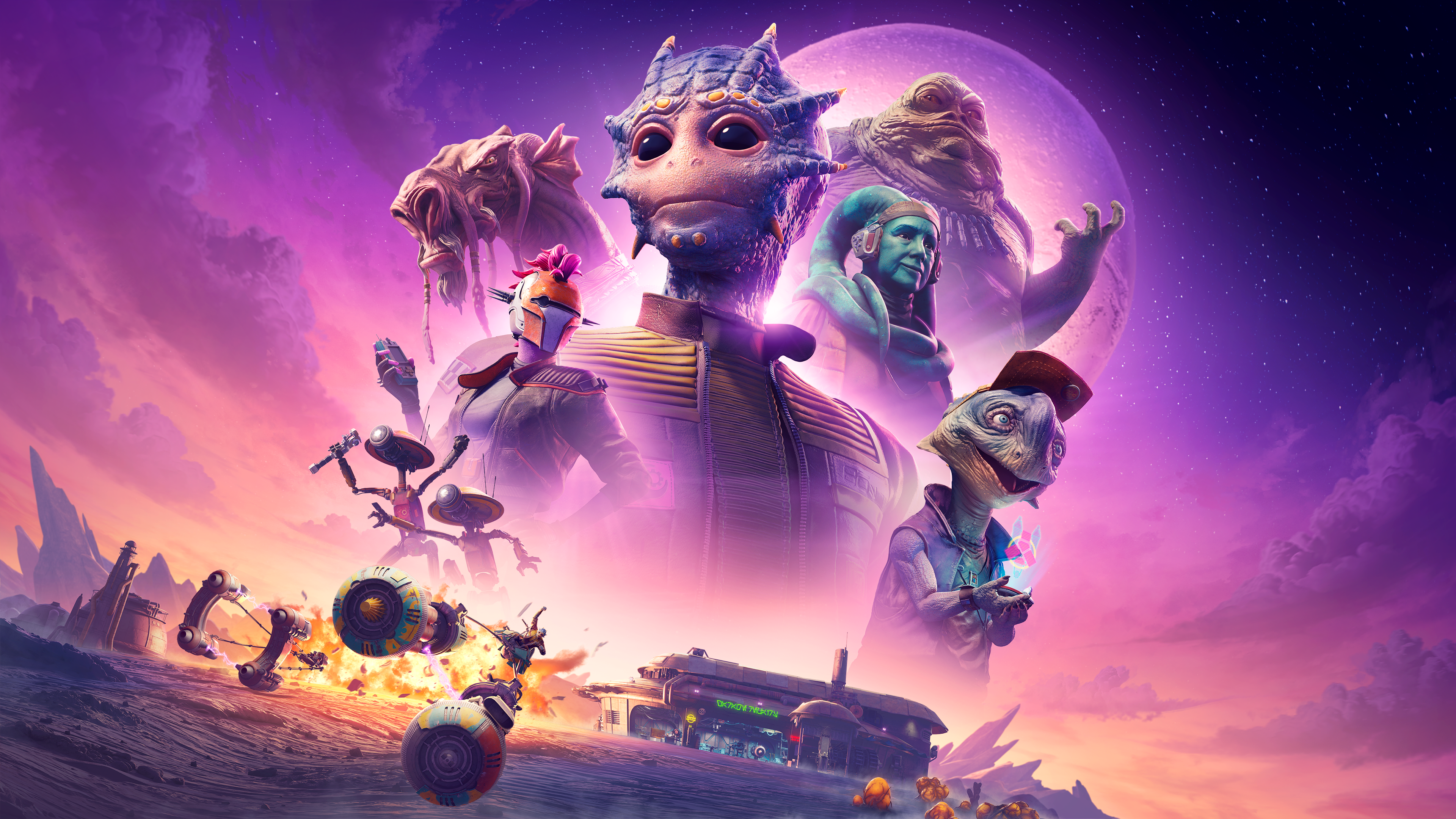
Oklahoma City’s Factory Obscura recently opened their first permanent, year-round exhibit, MIX-TAPE. The 6,000 square foot exhibit features a host of touchable art and well as interactive games, music & dance for the whole family. In addition to making immersive art that’s kid-friendly, the Factory Obscura team has been hard at work at making the experience accessible with local consultancy Crossing the Chasm. And MIX-TAPE has been designed to offer people with vision loss and hearing loss a fully immersive experience. And many spaces within the exhibit mimic “sensory rooms” designed to offer people with autism an immersive, meaningful experience with little stress.
We spoke to co-founders Tammy Greenman and Kelsey Karper to learn more about their work in making MIX-TAPE accessible.
No Proscenium (NP): Can you tell us a little about yourselves and Factory Obscura?
Tammy Greenman (TG): My name’s Tammy Greenman and I’m an artist specializing in experiential and interactive art. I moved to OKC 16 years ago from Atlanta, Georgia and I’m one of the co-founders of Factory Obscura. Factory Obscura is a living breathing Oklahoma City arts collective that works together to create large scale immersive and interactive art experiences. We formed in early 2017 and opened our first experience SHIFT in November of that year. We’ve gone on to create Midnight Dinner, BEYOND, The Procession and now MIX-TAPE, which is our first permanent experience. My main focus at Factory Obscura is the “What” and the “Why” of our work. I work with the team to conceptualize and develop our themes and designs, to conceptualize and create all our other more temporary events, and to explore WHY we’re creating these experiences.
Kelsey Karper (KK): I am Kelsey Karper, one of five co-founders of Factory Obscura. My primary creative practice is mostly focused on collaboration with other artists by providing practical, logistical, and creative support to realize ambitious ideas. Within our collective, I do a lot of work to identify talent and skills within our community, and connect those skills to the needs of our projects. The work that we create is intentionally very collaborative and experimental, which requires a lot of coordination amongst the artist team.

NP: Tell us about Phase 2 of MIX-TAPE.
TG: MIX-TAPE is an artistic interpretation of all the emotions you pour into making a classic old-school mix-tape for someone. A mix-tape is an audio autobiography, it’s a way to say something specific through the art of music. With Phase 2, we’ve focused more on the emotions that music can evoke in us, rather than the specific music itself, and translated that into a 360-degree 6,000 sq. ft. immersive art experience. We explore all the levels of emotions you go through when creating a mix-tape and we do it through art you can touch, climb on, climb through, interact with, sit in or on or just chill in. MIX-TAPE is a full sensory experience.
KK: This is our largest immersive experience to date, and the first one we’ve built to be permanent. Building for permanence presented us with some new challenges, but mostly it has opened up unlimited possibilities. With more time, we can allow the MIX-TAPE experience to grow and evolve, responding to the behavior of our participants and the new ideas they spark for our team. It’s also giving us the opportunity to begin collaborating with more artists to activate the space in new ways over time, with music, dance, and other collaborative performances inspired by the environment itself.
NP: How have you and the team been working to make the experience more accessible?
KK: It’s very important to our team that we create experiences that are available to the most people possible, and accessibility (in all its forms) is something we discuss often as a group. This year, we have been working with Crossing the Chasm, an accessibility management consulting agency. They have provided training sessions with our artist team about ADA guidelines, universal design, and what equitable accomodations can look like. This training, combined with the feedback from our participants, has informed our design in many ways and we constantly have new ideas for how we can improve in this area.
TG: We made every effort possible to design MIX-TAPE to be fully accessible and at the same time we also wanted to provide areas that are very physically engaging for our more adventurous participants. As a result, there are some areas that may not be physically accessible to everyone, and in those cases we have provided alternate routes and viewing angles for a slightly different experience. Ultimately, we want everyone to feel welcome here and to leave with a similar feeling of wonder, curiosity, and fun.

NP: What are some of the challenges you have encountered along the way?
Get Kathryn Yu’s stories in your inbox
Join Medium for free to get updates from this writer.
SubscribeSubscribe
KK: Of course we encounter a lot of logistical challenges along the way, and solving those problems becomes an important part of our creative process. But one of our biggest challenges has been that we just can’t move fast enough to keep up with our own ideas, and to keep up with the demand for more from our community. We have received such a positive response since we started in 2017, and with every experience we build, every performance or event we produce, our audience grows and they want MORE! It’s really the best challenge you could have.
TG: We also have big goals for the long-term of our company, including the creation of about 85 new jobs. While we’ve already created several full-time and part-time positions through the MIX-TAPE experience, we can see that big goal on the horizon. We are eager to get there, and so is our community of artists.
NP: Making an immersive experience accessible is not always at the top of the priority list. Why do you think that is?
TG: In our case it has been at the top of our priority list. We always strive to make our spaces as accessible as possible within the size space we have to work with at the time.
We also make sure we have alternate routes, other ways to experience an inaccessible space and different versions of a similar experience. We also always strive to make sure our space is economically accessible, with our Pay It Forward program and our goal to keep our prices as reasonable as possible.
KK: While accessibility has always been a priority for Factory Obscura, it’s not necessarily something that comes easily or naturally all the time. For someone who has never had to worry about accessibility for themselves or anyone close to them, it can be an easy thing to forget, especially in the midst of creative work. But once you decide to make it a priority, and educate yourself about what accessibility really means, it’s impossible to go back.
NP: What are some benefits of better accessibility that you didn’t anticipate would occur beforehand?
KK: We recently sent out an email newsletter to our list, with a list of all the things we were doing to ensure equitable access. This newsletter generated more direct response than any other we’ve ever sent, and it was all from people responding to express their gratitude that we were even considering this as a priority. Even though we haven’t been able to implement everything we want yet, we are making the effort, we are listening, and we are responding.
Just showing that we care has already had a significant impact on people.

NP: What advice would you give to immersive creators who want to start making their work more accessible? Where’s a good place to start?
TG: Start with thinking in terms of Universal Design. Universal design is defined as, “…the design and composition of an environment so it can be accessed, understood and used to the greatest extent possible by all the people regardless of their age, size, ability or disability.” Next talk with members of the community who have tacit knowledge of how it is to interact with environments in different ways. It’s always better to ask people what their needs and wants are rather than assume you know.
KK: Yes, learning from people who have experience living with a disability is absolutely the best place to start. Luckily, a lot of information is readily available for educating yourself about common needs. I would also suggest that you don’t limit your considerations to only what is required by ADA guidelines, which are really just a minimum. Once you start to learn about all the considerations, it can feel overwhelming. Just know that you don’t have to do it all at once, and it will always be a work in progress. Be open with your participants about your desire to continually do better, and more often than not they will not only be grateful, but will also become some of your best advisors and advocates.
Accessibility opens your work to SO MANY PEOPLE, and the effort is worth it.
Factory Obscura’s MIX-TAPE is now open year-round. Tickets are $12–15 with free admission for kids 3 and under.
NoPro is a labor of love made possible by our generous Patreon backers. Join them today!
In addition to the No Proscenium web site, our podcast, and our newsletters, you can find NoPro on Twitter, Facebook, YouTube, Instagram, in the Facebook community Everything Immersive, and on our Slack forum.
Office facilities provided by Thymele Arts, in Los Angeles, CA.















Discussion